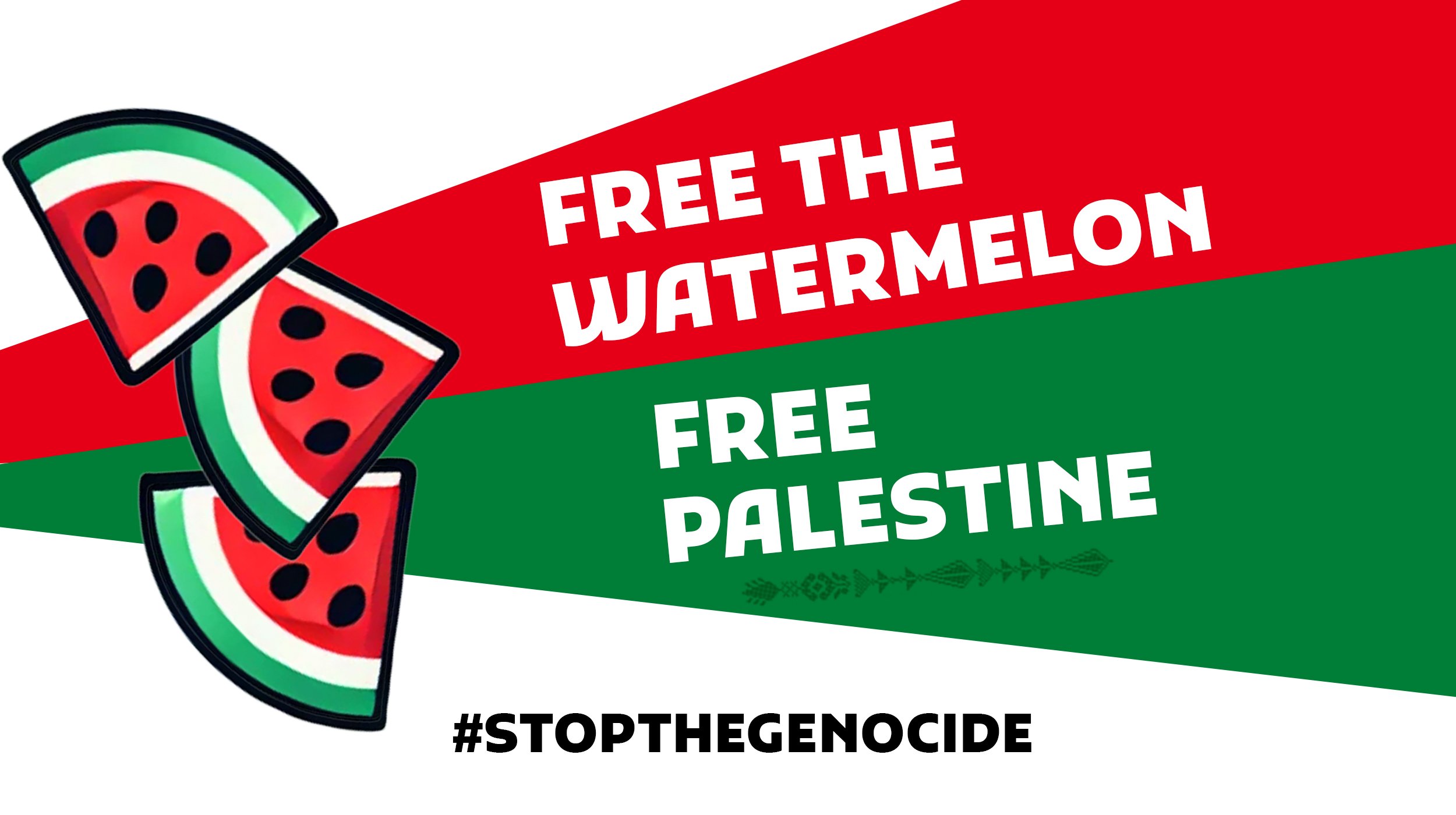Watermelon: The Story Behind a Symbol of Resistance
Today, many recognize the Watermelon as a symbol of Palestinian resistance, but few know the powerful story of how it came to represent our enduring struggle. The Watermelon embodies resilience, defiance, and the unbreakable connection between the Palestinian people and their land.
After the 1967 war, displaying the Palestinian flag was banned in Gaza and the West Bank. In the early 1980s, artists were even prohibited from using the flag's colors - red, green, black, and white - in their work. To circumvent these restrictions, Palestinian artists began painting Watermelons, which naturally display these colors. Displaying or carrying a watermelon became a silent yet bold act of defiance, a way to assert our identity when overt expressions were suppressed.
But the Watermelon symbolizes more than resistance - it reflects our deep agricultural roots. For generations, the fertile soils of Palestine have nurtured our Watermelon crops, sustaining our communities and reinforcing our bond with the land. However, production has plummeted from around 100,000 tons in the 1980s to just 13,000 tons in 2020 due to land confiscations and water restrictions imposed by Israel. This sharp decline is not just a statistic; it highlights the daily struggles Palestinian farmers face under occupation. Restricted access to land and water, along with the destruction of crops due to settlement expansion, threaten our agricultural livelihood and heritage. Cultivating Watermelons reaffirms our connection to our homeland - a bond strengthened with every seed sown and fruit harvested.
When we say, “Free the Watermelon,” we are calling for the right to express ourselves freely, to cultivate our land without fear, and to preserve our culture and traditions. By sharing the story of the Watermelon, you help shed light on a symbol that has nourished not only our bodies but also our spirit - a powerful reminder of our identity and resistance against injustice.
Free the Watermelon. Free Palestine.
